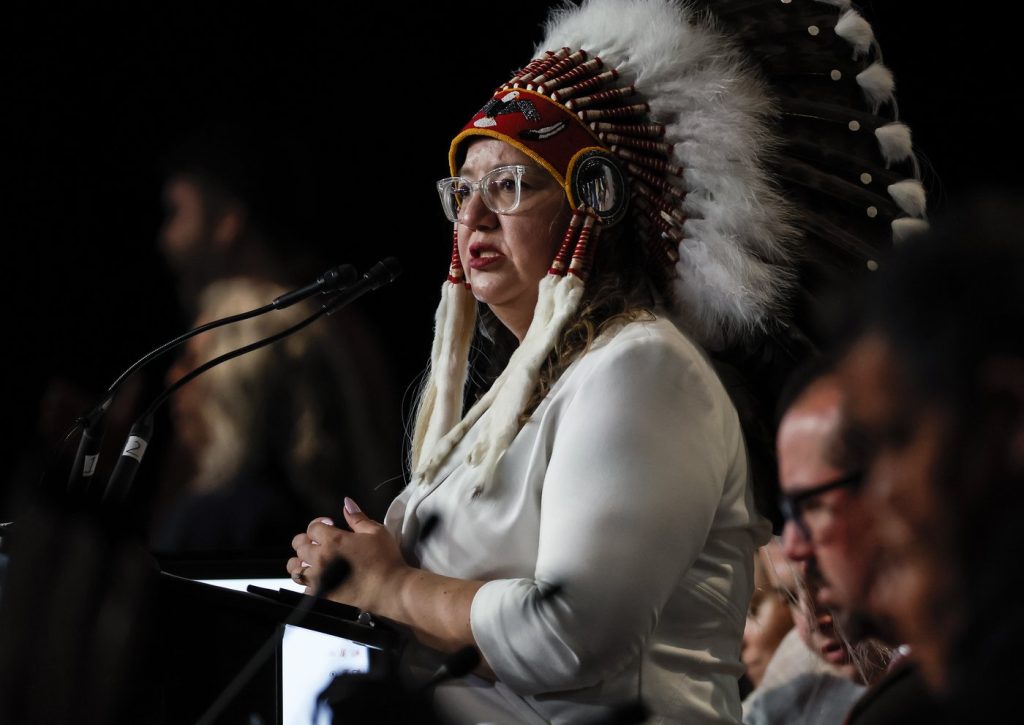On November 5, 2025, reactions from various Indigenous leaders in Canada highlighted significant shortcomings in the federal budget presented earlier that week, particularly concerning health and education. Many of these leaders expressed disappointment over the lack of crucial investments that their communities urgently require.
The federal budget did not only freeze annual base funding for Indigenous health and social services but also for treaty work. According to Ottawa, this freeze translates to a two percent reduction in funding, particularly concerning as most federal agencies are dealing with a much steeper budget cut of 15 percent. National Chief Cindy Woodhouse Nepinak of the Assembly of First Nations articulated concerns over the freeze, stating that it would gravely impact Indigenous communities, especially those with high birth rates. She emphasized that the budget does not present any viable strategies to bridge the educational gap, which hampers economic development opportunities in Indigenous communities.
In contrast, the Inuit Tapiriit Kanatami acknowledged certain positive aspects of the budget, especially regarding investments aimed at the Arctic and the announcement of support for an Inuit university. However, the group expressed distress that the budget document frames Arctic policy within a framework of security and national sovereignty without mentioning the Inuit population. They were particularly concerned about the absence of renewed funding to combat tuberculosis in Northern communities, a pressing health issue.
The Manitoba Métis Federation had a mixed response to the budget. They praised the government for adhering to previous commitments related to housing and child welfare, which are critical for the Métis community. The Métis National Council was anticipated to provide further commentary later in the day, indicating ongoing discussions about the budget's implications for their community.
This budget underscores a divide in the perceptions of progress and support among different Indigenous groups in Canada. While some recognized specific positive initiatives concerning education and health, others highlighted alarming gaps that could potentially hinder further advancements in vital areas such as health care and education. This situation illustrates the complexities and varied needs of Indigenous communities across the country, as well as the continuing challenges they face in achieving equity and support from the federal government.










